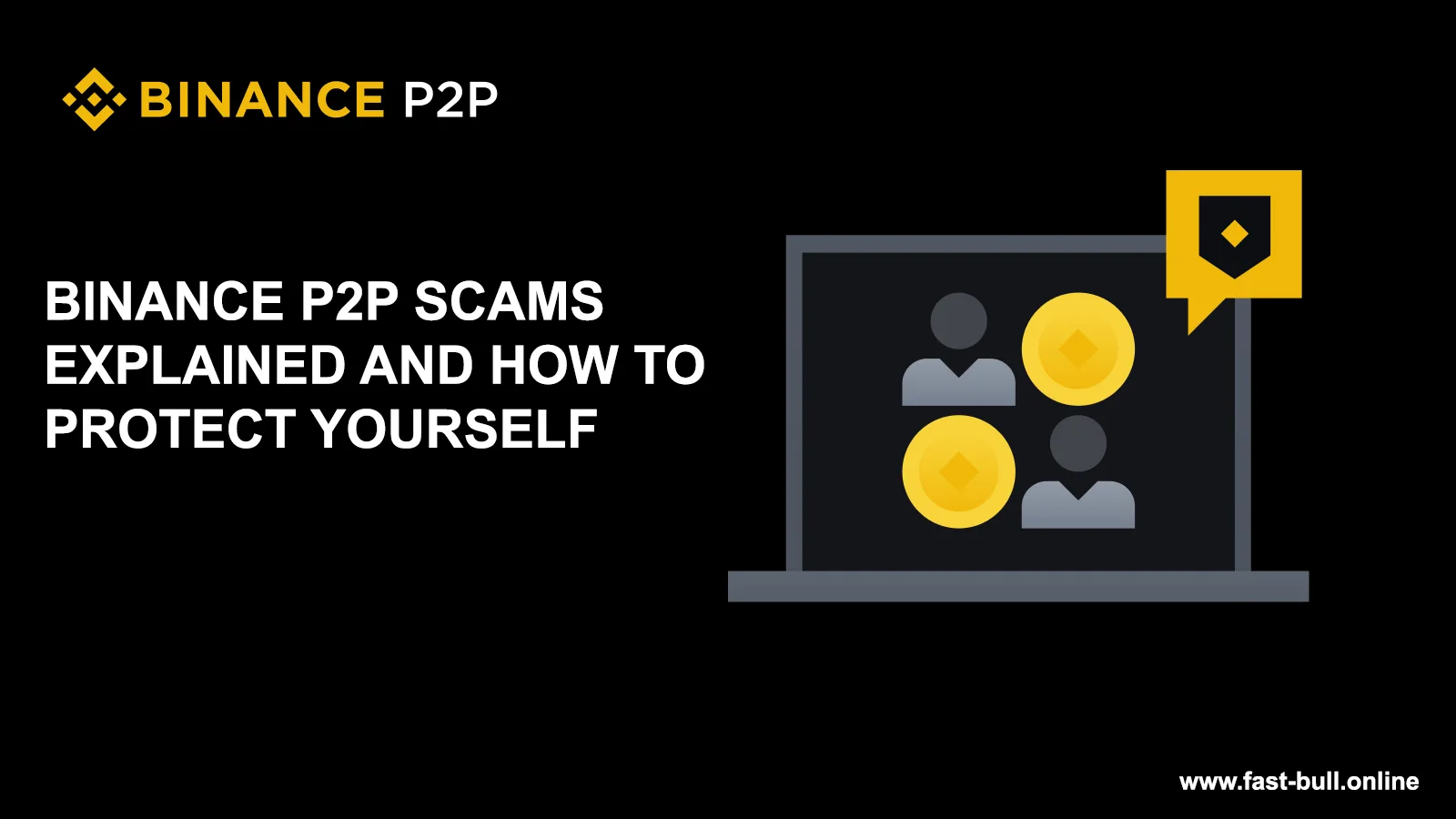Binance P2P Scams Explained and How to Protect Yourself, Binance P2P (Peer-to-Peer) trading involves buying and selling cryptocurrencies directly between users. Although Binance offers a secure platform, scams can still happen. Here’s a rundown of common scams and how to avoid them:
Binance P2P Scams Explained and How to Protect Yourself
#### Common Binance P2P Scams:
1. **Payment Fraud (Fake Payment Proofs):**
– **How It Works:** A buyer pretends to pay by showing fake payment proof (like a forged bank transfer screenshot) and pressures the seller to release the crypto without actually making the payment.
– **How to Avoid:** Verify that the payment is in your bank account or wallet before releasing the crypto. Use Binance’s escrow service for added security.
2. **Chargeback Fraud:**
– **How It Works:** A buyer pays using a method that allows chargebacks (like a credit card), gets the crypto, and then reverses the payment, taking back their money while keeping the crypto.
– **How to Avoid:** Prefer non-reversible payment methods like direct bank transfers. Check with your payment provider about chargeback policies.
3. **Phishing Scams:**
– **How It Works:** Scammers impersonate Binance support or create fake profiles to steal your personal information or login details.
– **How to Avoid:** Never share your account details or 2FA codes. Use only official Binance channels for communication.
4. **Third-Party Payment Fraud:**
– **How It Works:** A buyer uses someone else’s bank account to pay, and when the third party finds out, they reverse the payment, leading to a loss for the seller.
– **How to Avoid:** Make sure the payment details match the buyer’s name on Binance and be cautious with payments that seem unusual.
5. **Overpayment Scams:**
– **How It Works:** A scammer overpays and asks for a refund of the extra amount. After receiving the refund, they may reverse the original payment, causing a loss.
– **How to Avoid:** Do not issue refunds until the payment is fully confirmed. Verify the payment’s authenticity.
Conclusion
Binance P2P offers a convenient way to trade cryptocurrencies directly with other users, but it also presents certain risks. By being aware of common scams like fake payment proofs, chargeback fraud, phishing attempts, third-party payment fraud, and overpayment scams, you can protect yourself from potential losses. Always verify payments, use non-reversible payment methods, and communicate only through official Binance channels. By staying vigilant and cautious, you can enjoy a safer trading experience on Binance P2P.
FAQs
- What is Binance P2P?
Binance P2P (Peer-to-Peer) is a platform that allows users to buy and sell cryptocurrencies directly with each other, without the need for an intermediary. - How can I protect myself from payment fraud on Binance P2P?
To avoid payment fraud, always verify that the payment has been received in your bank account or wallet before releasing the cryptocurrency. Utilize Binance’s escrow service for added protection. - What should I do if I suspect a chargeback fraud?
Use non-reversible payment methods like direct bank transfers. If you’re unsure, check with your payment provider about their chargeback policies before proceeding. - How can I avoid phishing scams on Binance P2P?
Never share your account details or 2FA codes with anyone. Always use official Binance communication channels and be cautious of unsolicited messages. - What steps can I take to prevent third-party payment fraud?
Ensure that the payment details match the buyer’s name on Binance. Be extra careful with payments that come from different accounts or seem unusual. - What should I do if I receive an overpayment?
Do not issue a refund until the payment is fully confirmed. Verify the authenticity of the payment before making any decisions regarding refunds.
